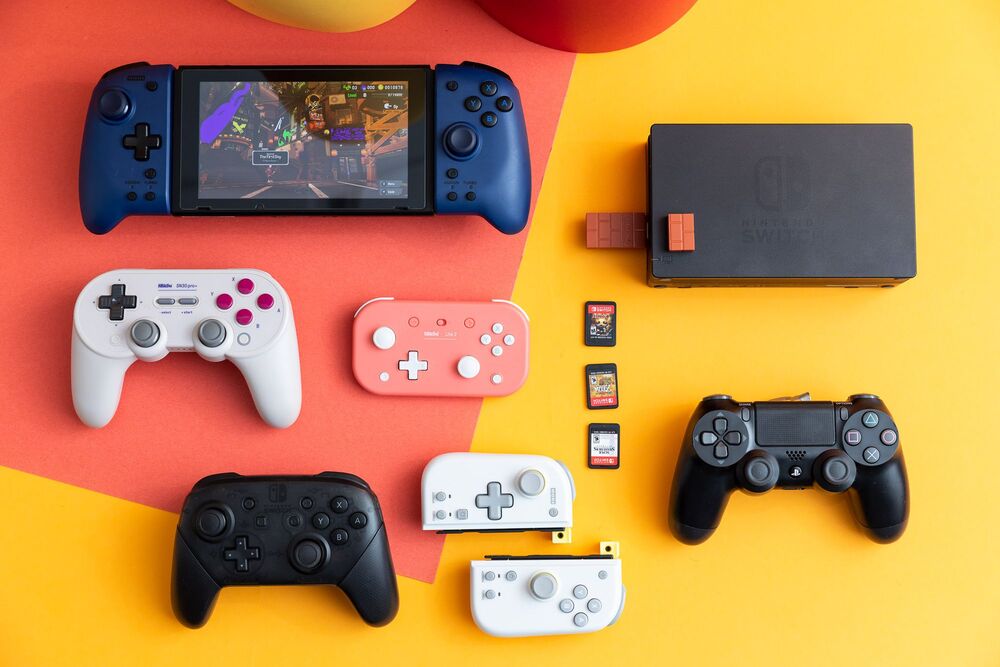

More like Sony doesn’t want to cannibalize selling their own dedicated Blu-ray players for a much higher profit margin.
A $100 bluray drive, an Ugoos am6, and coreelec can get play everything for way less than a high end bluray player that can cost $1000.















My interpretation is that synthehol isn’t supposed to be a copy of alcohol, it’s designed to give the positive effects of alcohol without the downsides, so that taste is likely not the main consideration.